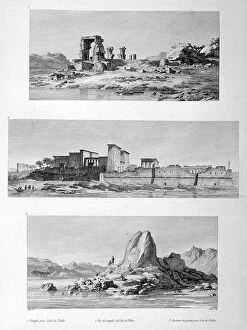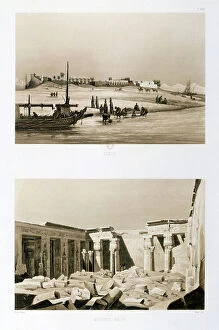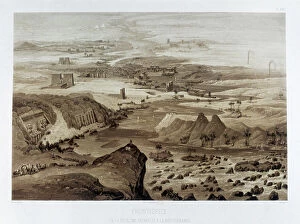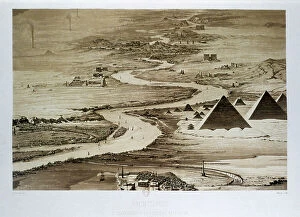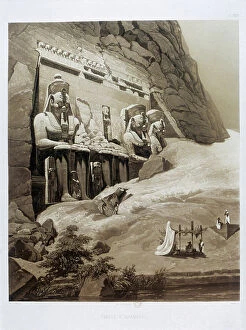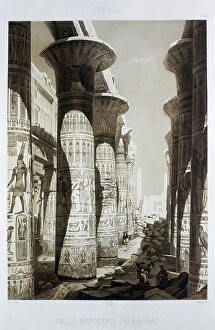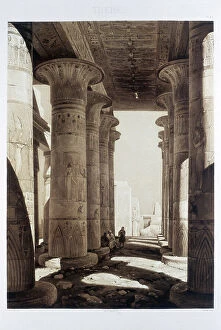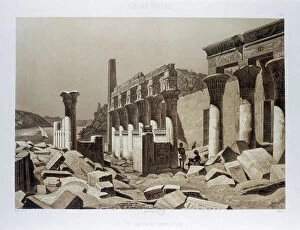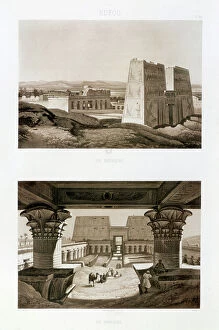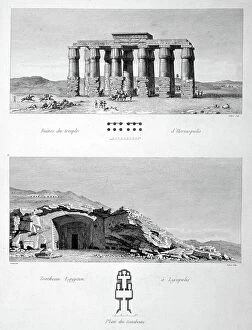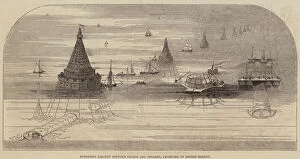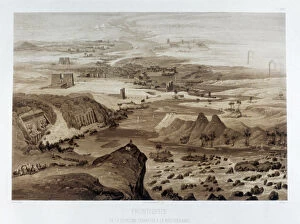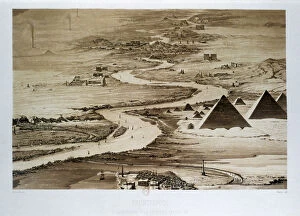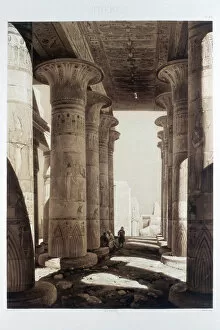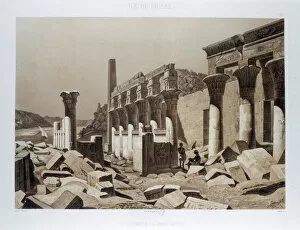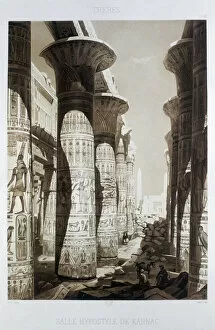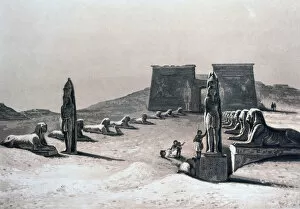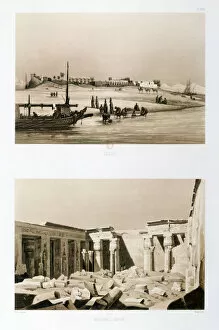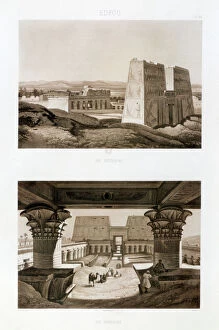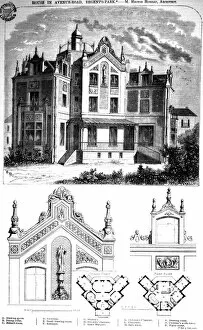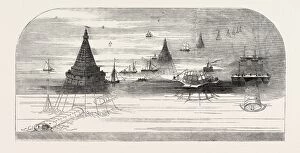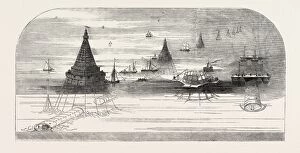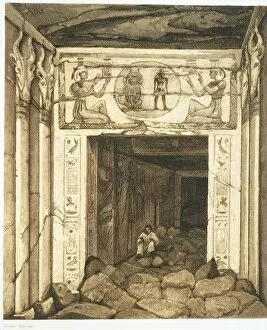Hector Horeau Collection
Hector Horeau, a visionary engineer and artist of the 19th century, left an indelible mark on history with his groundbreaking projects and captivating artwork
For sale as Licensed Images
Choose your image, Select your licence and Download the media
Hector Horeau, a visionary engineer and artist of the 19th century, left an indelible mark on history with his groundbreaking projects and captivating artwork. One of his most ambitious endeavors was the Submarine Railway between France and England, a concept that pushed the boundaries of transportation innovation. Through intricate engravings, Horeau depicted this audacious vision that aimed to connect two nations beneath the vast expanse of the English Channel. His detailed illustrations showcased a marvel of engineering prowess, capturing the imagination of those who laid eyes upon them. But Horeau's artistic talents were not limited to architectural dreams alone. He also ventured into Egypt, where he immortalized ancient wonders through his brushstrokes. From the Second Cataract to Alexandria and Thebes, Horeau's artistry transported viewers back in time as they marveled at temples like Venus Athor on Philae Island or Asseboua in Nubia. Among his notable works is an exquisite depiction of Luxor and Medinet Habu, showcasing their grandeur against a backdrop steeped in history. Another masterpiece captures the Hypostyle Hall at Karnak Temple in all its majestic glory – its towering columns reaching for the heavens. Not only did Horeau capture these awe-inspiring monuments; he also designed modern structures closer to home. His engraving depicts a splendid house in Avenue Road within Regents Park – a testament to his versatility as both an architect and artist. Hector Horeau's legacy lives on through his remarkable contributions to both engineering and artistry. Whether it be envisioning revolutionary transportation systems or preserving ancient wonders on canvas, he continues to inspire generations with his boundless creativity and unwavering passion for pushing boundaries beyond what was thought possible.

